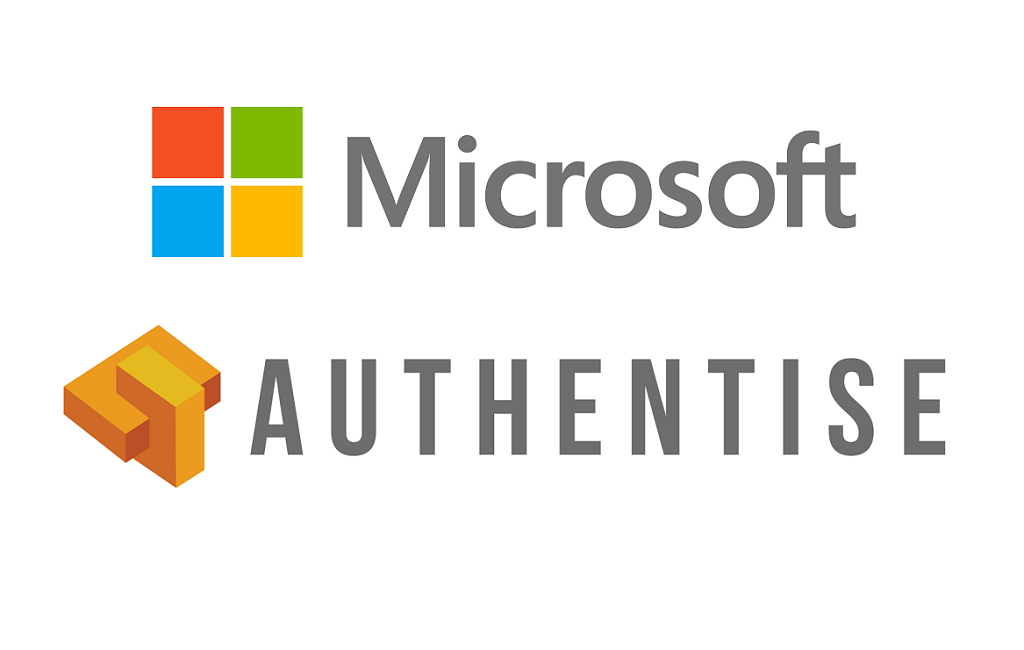
Authentise and Microsoft are collaborating to enhance automation in additive manufacturing workflow.
Many of Authentise’s partnerships have involved hardware companies to integrate right into 3D printers, but lately collaborations with other software companies have been the major focus, such as those announced with Prosper3D and Autodesk.
Today the news goes live that Authentise’s latest partner is none other than Microsoft.
“The crux is this: Authentise is integrating with Microsoft’s codeless automation platform, Flow, to enable operators to create their own dashboards, alerts, and more. It’s literally giving power back to the people that know best, not just managers. I could not be more excited. I think this approach will change manufacturing,” Authentise CEO Andre Wegner shared via email.
The multi-year collaboration marks a big step for Authentise. Authentise’s workflow management system will go live this week on the Microsoft Flow Gallery, integrated right into Microsoft Flow. This will enable automations for quoting, production, and analytics processes for additive manufacturing — without the need for operators to code it.
Automation is the key to this partnership as Authentise continues to look to digital workflows to streamline the process of additive manufacturing.
But, Wegner cautions, automation isn’t something to fear.
As in another of the company’s other recent big announcements, the Authentise CEO has delved into the ‘whys’ behind this latest ‘what’ — why it makes sense to partner with Microsoft. And, more importantly, why automation is a positive force for the future of manufacturing.
Operator-driven automation, Wegner argues, is both a necessary and a courageous move toward a more agile, digital future.
“High-handed talk of ‘replacing’ workers displays a radical misunderstanding of future needs. World markets, driven by fast information flows and instant access to digital products, demand a level of agility that manufacturing companies can scarcely imagine, let alone deliver. We need to drastically reduce the time and cost to deliver ideas to market, and be able to adjust production in real time to correspond to shifts in demand. We can only accomplish this if we move away from the planning framework currently used and towards a model of inherent and constant change,” he explains.
“In short, to accomplish all this, we sorely need flexible automation that works with workers, not against them.”
Again, what Authentise is announcing is a strategic business move — but while there will (well, hopefully) be benefit to the company itself, the vision is bigger than that. Industry 4.0 is more than just one technology, and embracing the new possibilities of the broader next industrial revolution will take more than any one entity.
Partnerships will drive the future from a business standpoint, and there’s an area where the 3D printing industry has long been on the right path. For some time, events were impossible to navigate without at least a handful of presentations espousing the benefits of co-creation, collaboration, and other themes of togetherness. Many of these relationships have been built upon complementary relationships bringing together expertise in hardware, software, and materials. For the full Industry 4.0 future of work, though, it needs to go deeper than that, including all of workflow.
And a lot of that future workflow will be automated.
This isn’t something to fear, Wegner contests, but something to embrace. Workers won’t be phased out, and the robots aren’t taking our jobs; they’re just changing how we do them.
His entire thought piece is well worth the read for a discussion on today’s work culture and how norms are changing:
“It’s our managerial culture, not technology, that we should be afraid of,” he says.
Back to that technology: so Authentise is integrating with Flow.
![Workflow in Flow [Image: Authentise]](https://fabbaloo.com/wp-content/uploads/2020/05/ExampleFlow3-includingcustomconnectors_img_5eb09a46b60e3.png)
Of the integration, the announcement explains:
“Flow allows [operators] to connect Authentise’s data with third party applications such as Microsoft Office 365, Quickbooks, text messaging, email and more, simply by dragging and dropping the operations into place. In doing so they can create custom alerts, dashboards, and other workflow automations to further increase transparency and efficiency in their additive manufacturing operations.”
At the heart of this collaboration is that message of empowerment to users. Authentise wants to unlock the creativity of those working with additive manufacturing, as they have seen “how that ingenuity is often stifled within their operations,” as Wegner says.
Microsoft is very much on board for that messaging, ready to aid in opening more routes to operator-driven ingenuity.
“Microsoft is pleased to help Authentise empower manufacturing workers by enabling them to create their own business workflows on the Microsoft cloud. By adding manufacturing-specific connectors to the Microsoft Flow gallery, Authentise is unlocking the workers’ creativity so they can improve the efficiency of their own work. With 54 regions across the globe delivering services to 140 countries, Microsoft Azure is uniquely positioned to help manufacturers meet their compliance obligations including ITAR and GDPR. While Manufacturers may have once shied away from the cloud, they are no longer doing so,” says Diego Tamburini, Principal Manufacturing Industry Lead for Cloud Commercial Communities at Microsoft.
Via Authentise, Microsoft Flow, and LinkedIn











